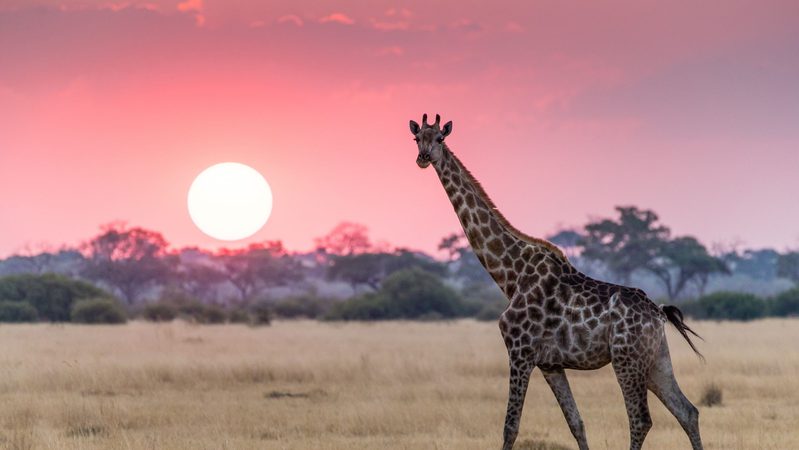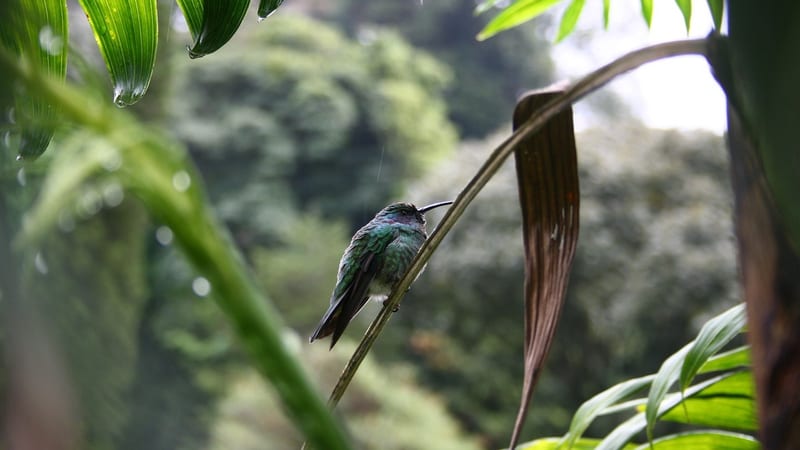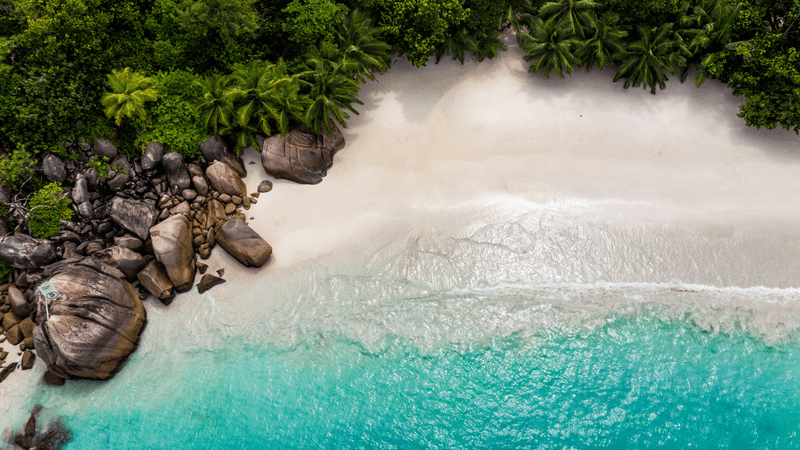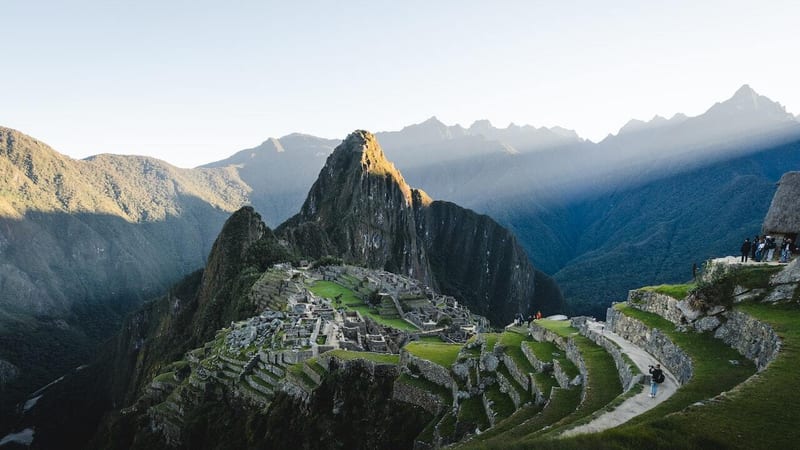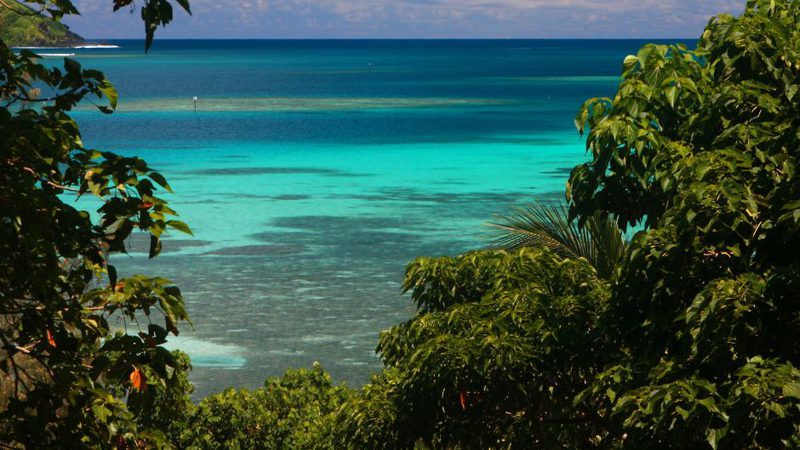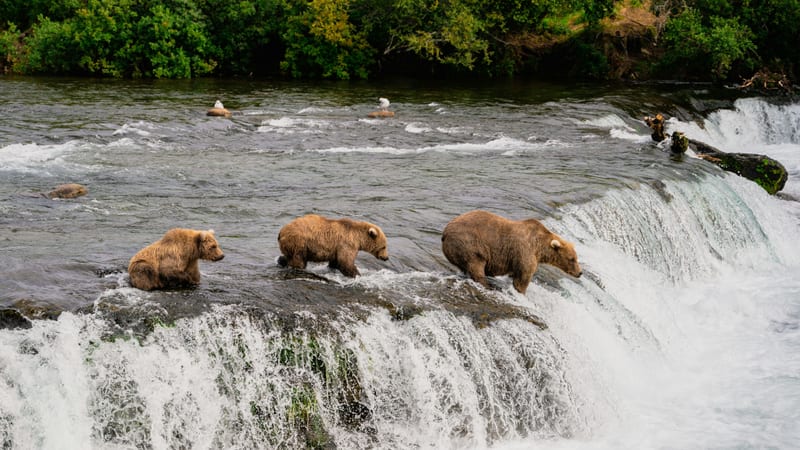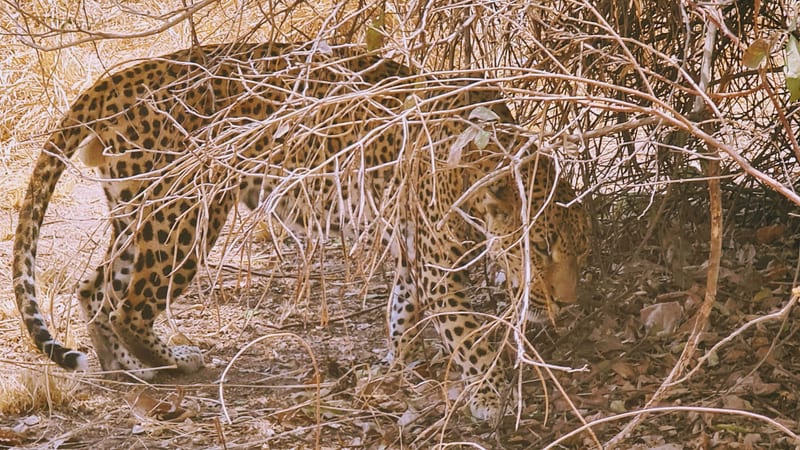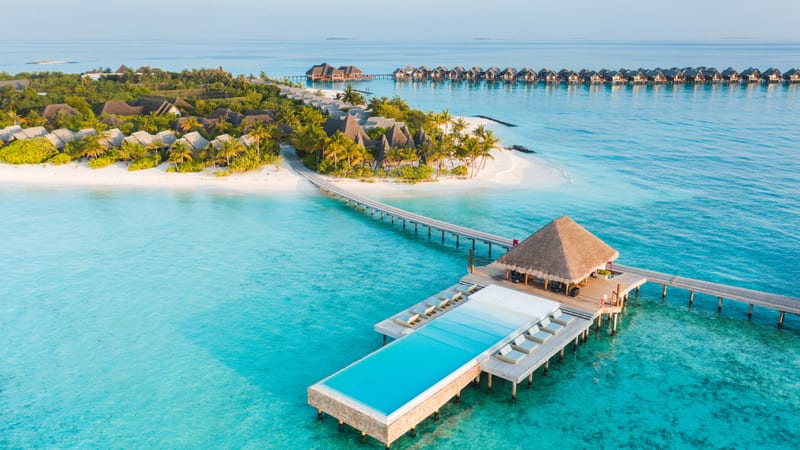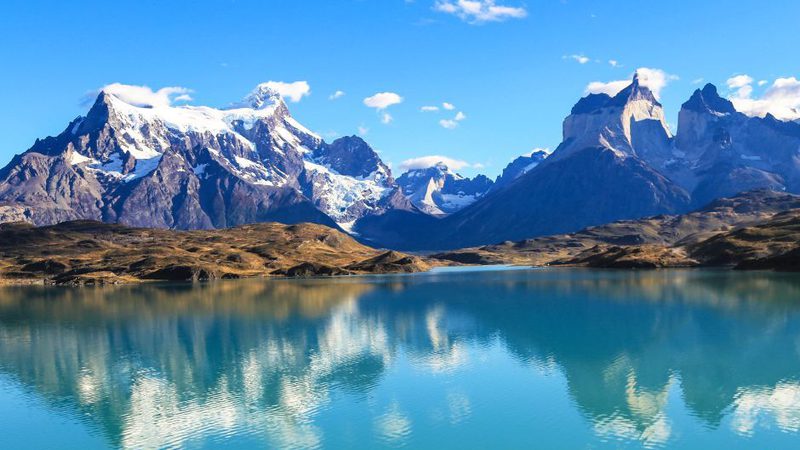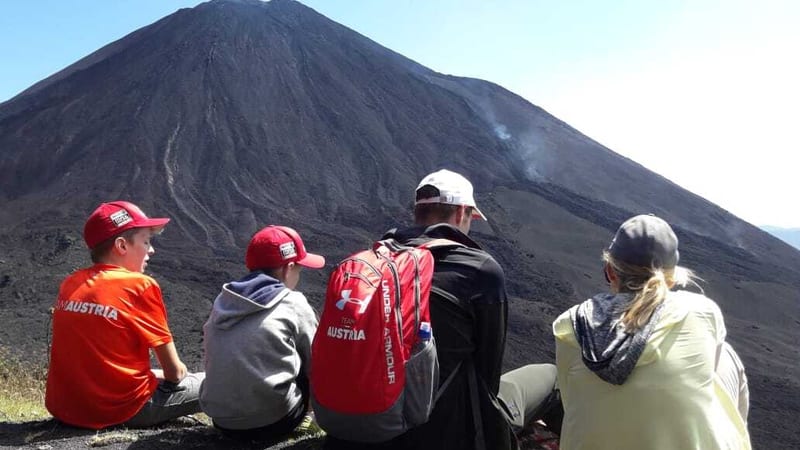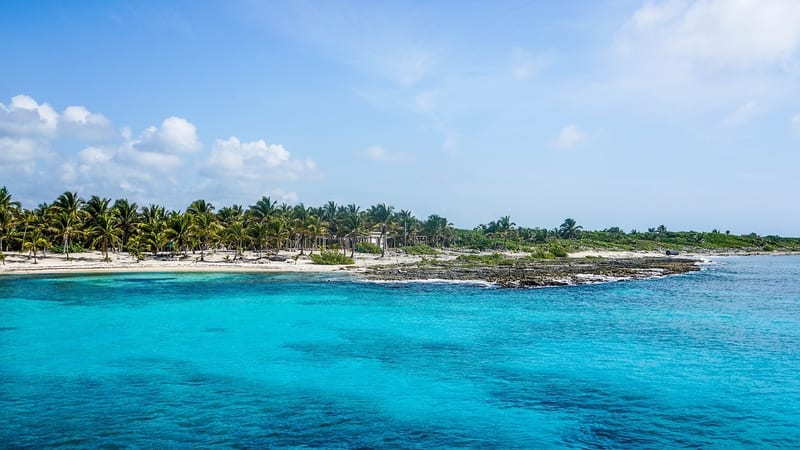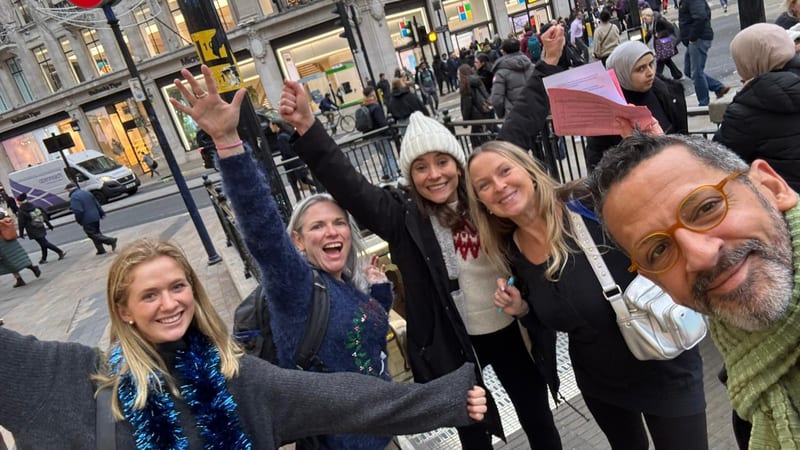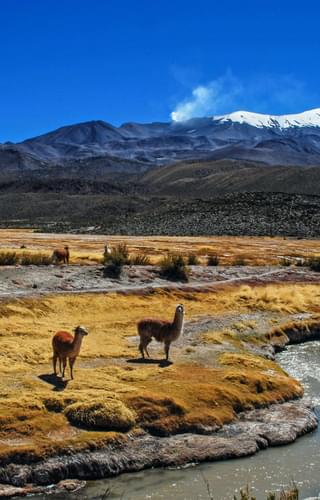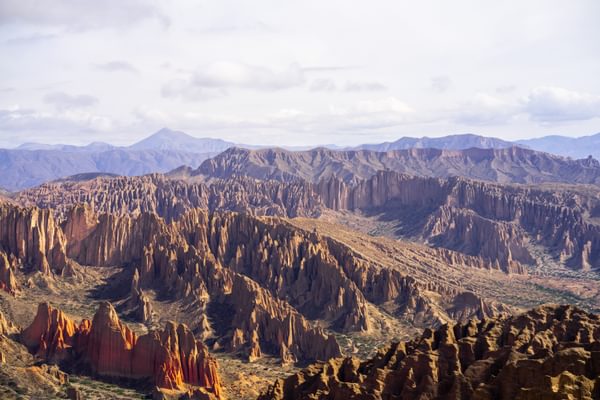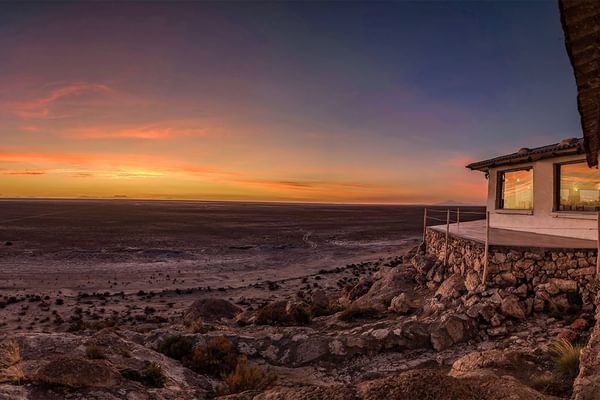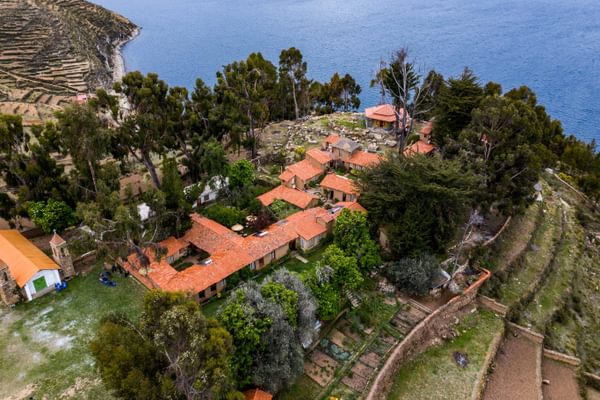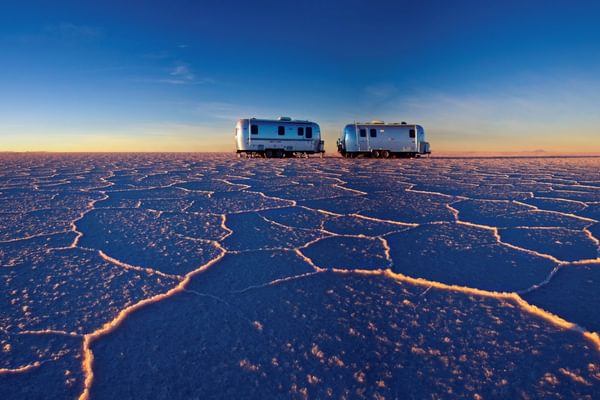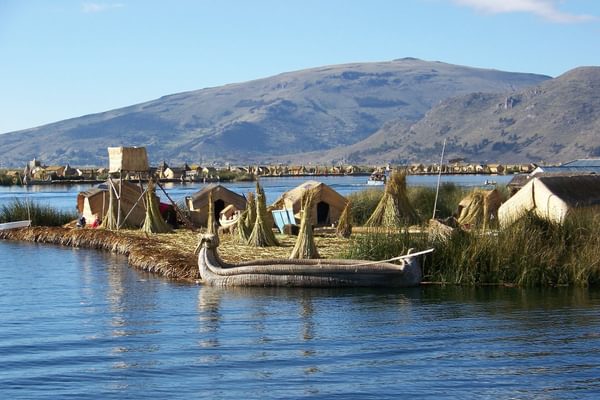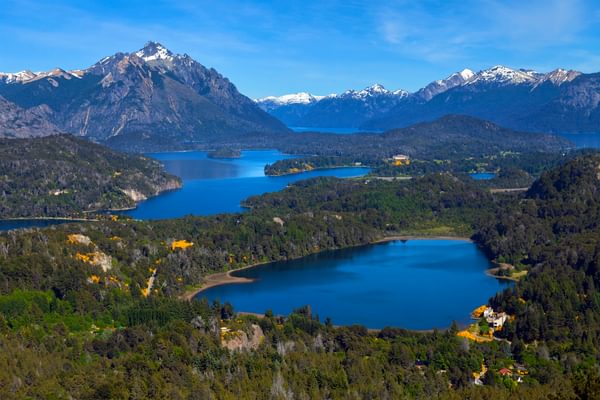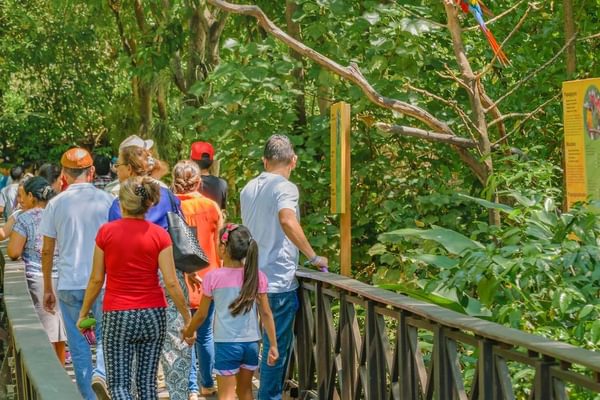Where Natural Marvels, Cultural Treasures, and Epic Adventures Await
Discover breath-taking landscapes, immerse yourself in indigenous traditions, and indulge in the flavours of Bolivian cuisine.
Bolivia offers a myriad of fascinating attractions, breath-taking landscapes, and vibrant local traditions, making it an ideal destination for travellers seeking an off-the-beaten-path adventure.
Bolivia boasts an awe-inspiring natural beauty. From the towering peaks of the Andes to the vast expanse of the Amazon rainforest, this country is a haven for nature enthusiasts. Explore the otherworldly landscapes of the Uyuni Salt Flats, the largest salt flat on Earth, where the sky and ground merge into a seamless horizon. Marvel at the stunning turquoise waters of Lake Titicaca, the highest navigable lake in the world, nestled amidst the dramatic Andean scenery.
Bolivia's has a rich cultural heritage as showcased by the charming colonial cities of Sucre and Potosí, where time seems to have stood still. Explore their well-preserved architecture and fascinating history. Engage with the warm and welcoming locals, who will share indigenous traditions and rituals that have been preserved for centuries as well as their tales of ancient civilisations and the country's vibrant folklore.
Adventure seekers will find Bolivia to be a paradise of thrilling experiences. Challenge yourself with a trek along the legendary Inca Trail, leading to the ancient ruins of Tiwanaku. Test your limits with a mountain climb to Huayna Potosí, a towering peak reaching over 6,000 metres above sea level. For adrenaline junkies, Bolivia offers exhilarating opportunities for mountain biking along the treacherous Death Road or white-water rafting through the turbulent waters of the Yungas region.
Bolivia's culinary delights are sure to tantalise your taste buds. Indulge in the exquisite flavours of traditional dishes such as the famous Bolivian street food, salchipapas. Sample the distinctive flavours of the country's coca leaf-infused cuisine, an integral part of Bolivian culture.
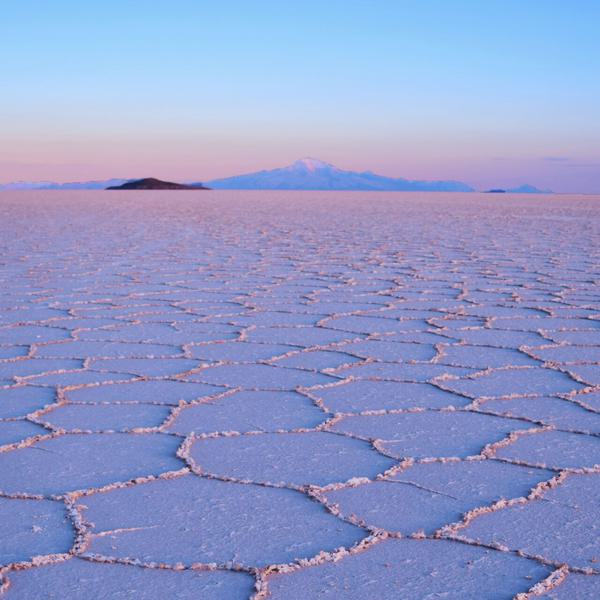
Classic Bolivia
- Santa Cruz
- Sucre
- La Paz
- Uyuni
- Lake Titicaca
Visit the world famous Salar de Uyuni Salt Lake, explore ancient ruins and float across Lake Titicaca in this unique adventure.
Bolivia Trip Inspiration
When to go to Bolivia
A month-by-month guide of when to visit Bolivia.
- Best
- Good
- Mixed
- Jan
- Feb
- Mar
- Apr
- May
- Jun
- Jul
- Aug
- Sep
- Oct
- Nov
- Dec
January
January marks the rainy season in Bolivia, especially in the highlands and Amazon regions. While the lush landscapes are beautiful, heavy rainfall can lead to road closures and difficult travel conditions. It's a good time to explore the cities or lower-altitude areas, like the Yungas region.
February
The rainy season continues in February, but you might find clearer skies in some parts of the country. Carnival celebrations take place in various cities, most notably in Oruro, where you can witness colorful parades and traditional dances.
March
Rainfall starts to decrease, and March can be a good time to visit if you want to experience the tail end of the rainy season while avoiding the crowds. The landscapes are still lush, and the weather is relatively mild.
April
April is a transition month between the rainy and dry seasons. The weather becomes more stable, making it a great time for trekking and outdoor activities. The famous Salar de Uyuni salt flats are especially beautiful during this time as the water creates a stunning mirror effect.
May
May marks the beginning of the dry season in Bolivia. The weather is generally pleasant, with warm days and cool nights. It's a great time for exploring the cities, hiking, and visiting attractions like Lake Titicaca.
June
June is one of the best months to visit Bolivia, especially the highlands. The weather is dry, and the landscapes are still green from the rainy season. The temperatures are comfortable for exploring, and events like Inti Raymi, the Inca Festival of the Sun, take place.
July
July is another excellent month for visiting Bolivia. The dry weather continues, making it a prime time for outdoor activities and trekking. However, it's also a peak tourist season, so popular destinations can get crowded.
August
August is a good month to visit if you want to avoid the crowds that come with the July peak season. The weather remains dry and pleasant, making it ideal for exploring all regions of the country.
September
September is the start of the spring season in Bolivia. The landscapes are starting to bloom, and the weather is mild. It's a good time for trekking, wildlife spotting, and enjoying the vibrant scenery.
October
October is a great time to visit Bolivia. The weather is still mild, and the landscapes are colorful and lush. It's a good month for photography, outdoor adventures, and exploring both the cities and the countryside.
November
November is the tail end of the spring season, with warmer temperatures and occasional rainfall. It's a quieter time to visit, and you can enjoy the beautiful scenery without the large tourist crowds.
December
December marks the beginning of the rainy season in Bolivia. While the highlands and Amazon regions can experience heavy rainfall, it's also a festive time with Christmas and New Year celebrations. Consider exploring the lower-altitude areas during this time.
More places to visit in Bolivia
Where to go in Bolivia
Best places to stay in Bolivia
FAQs About Your Bolivia Holiday
Planning a holiday to Bolivia? Our experts share advice on everything from what to pack, when to go, to tips for families, covering the questions we get asked the most.
When is the best time to visit Bolivia?
The best time to visit Bolivia is from May to October, during the dry season. This is ideal for exploring the Uyuni Salt Flats, Lake Titicaca, and the Andes, with clear skies and comfortable conditions. November to April is the rainy season, which creates the famous mirror effect on the salt flats but can disrupt travel.
Is Bolivia a good holiday destination?
Yes, Bolivia is an incredible destination for adventurous travellers. It combines dramatic landscapes, from the Amazon rainforest to the world’s highest capital, La Paz. Highlights include the Uyuni Salt Flats, colonial Sucre, and Lake Titicaca. It’s less polished than neighbouring Peru or Chile, but its authenticity and variety make it deeply rewarding.
How long should I spend in Bolivia?
We recommend 10–14 days to explore Bolivia’s highlights. This allows time for La Paz, Lake Titicaca, Uyuni Salt Flats, and Potosí or Sucre. A longer two- to three-week trip can include the Amazon or overland routes into Chile or Peru. Bolivia is best experienced at a steady pace due to the altitude.
How much does a holiday to Bolivia cost?
Tailor-made holidays to Bolivia typically start from £2,800 per person for 10–12 days, excluding international flights. This includes accommodation, guides, and transfers. More remote areas like the salt flats, the Amazon, or high-end lodges increase costs. Bolivia offers excellent value compared with many South American destinations.
What are the must-see places in Bolivia?
Top highlights include the Uyuni Salt Flats, Lake Titicaca, Sucre’s colonial architecture, and the bustling capital, La Paz. The silver mines of Potosí, the colourful lagoons of the Eduardo Avaroa Reserve, and the Amazon basin add variety. Each region offers something unique, from culture to wildlife and landscapes.
How do I get to Bolivia?
Most travellers fly into La Paz or Santa Cruz via connections in Europe, the US, or neighbouring South American countries. Within Bolivia, domestic flights link major cities and attractions. Overland connections to Peru and Chile are also popular, especially routes from Cusco or across the Atacama Desert.
Is Bolivia safe to travel to?
Yes, Bolivia is generally safe for travellers, though the infrastructure is basic in places. Petty theft can occur in cities, so standard precautions are sensible. Altitude is the main health consideration, and itineraries should include time to acclimatise. With expert planning and guides, Bolivia is a safe and welcoming destination.
What vaccinations do I need for Bolivia?
Recommended vaccinations include hepatitis A, typhoid, and diphtheria-tetanus-polio. Yellow fever vaccination is required if visiting the Amazon region. Rabies may be suggested for longer rural trips. Malaria prophylaxis may also be advised for jungle areas. Always consult your GP or a travel clinic before departure for up-to-date advice.
Read about travelling around South America on our blog
Speak to a Bolivia expert today.
A tailor-made itinerary just for you.

Amanda
Travel Expert

